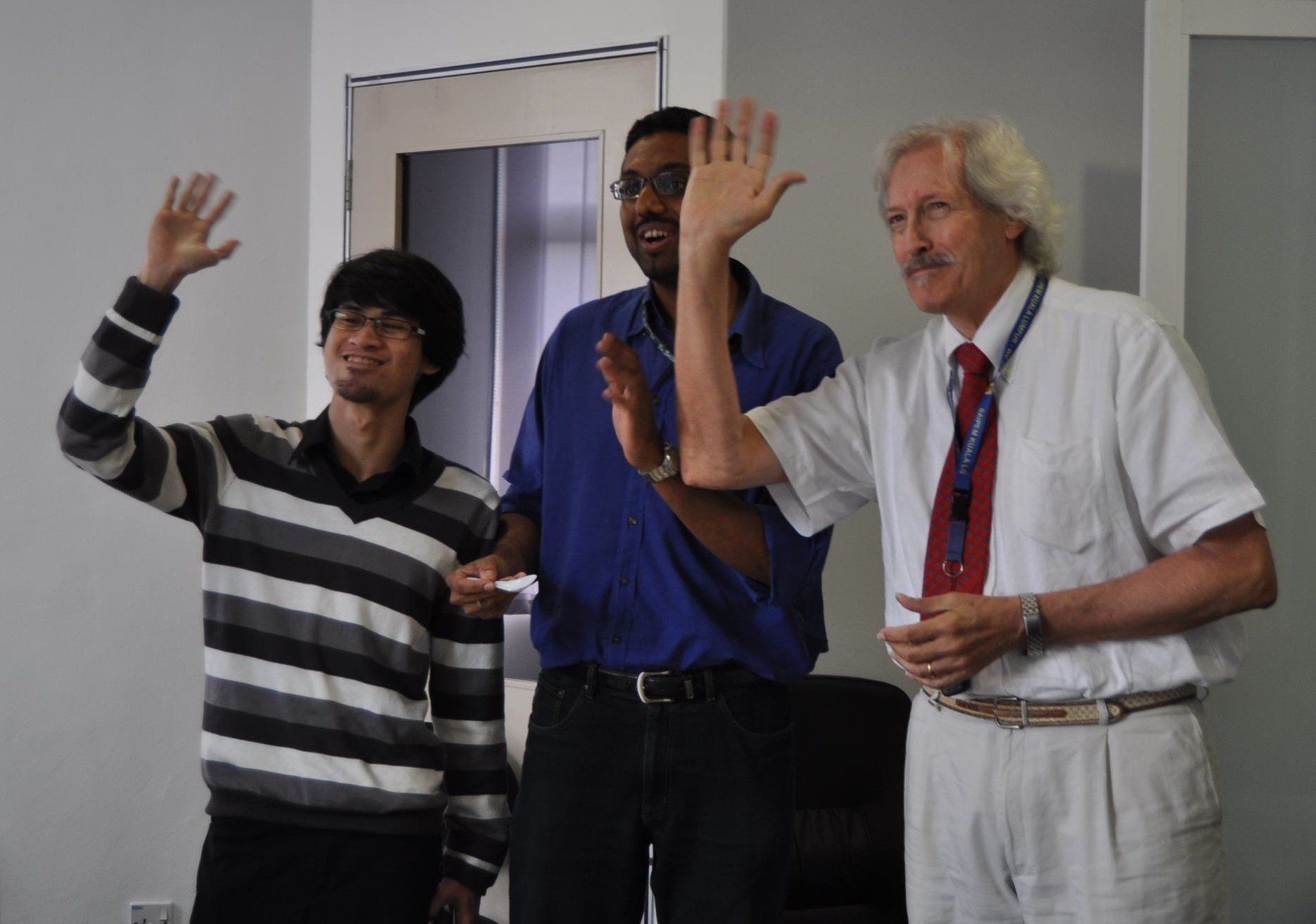Retain Your Top Performers

Leaders are debating the changing nature of work and the perceived decline in job security (the lifelong career at a benevolent company is a fading memory), and the erosion of corporate loyalty.
Employees are wondering, “If the company is willing to dump me at its convenience, why shouldn’t I dump the company at my convenience?”
We tend to focus on the profound impact that these workplace changes have on our lives. But too often we overlook the profound impact these changes have on our organisations.
The new work contract – where employees take responsibility for their own careers and corporations provide them with career-enhancing but impermanent opportunities – can be as difficult for organisations to manage as it is for individuals.
We, as leaders, still understand little of how to retain essential high performers in turbulent times.
Five trends
Our task is complicated by five additional trends:
1. The reduced status of working for a major corporation
In his book New Rules, John Kotter notes that, from 1974 through 1994, Harvard Business School graduates who worked for smaller corporations tended to make more money and have higher job satisfaction than their counterparts in large corporations.
Top young leaders and technical specialists around the world now avoid working for major corporations. They are attracted to the risks and rewards of small start-up companies.
Harvard Business professor Regina Herzlinger notes that over half her graduate school students now want to be entrepreneurs.
2. The frequent lack of connection between pay and contribution
When I asked more than 2,000 managers from a variety of corporations, “What is the difference in contribution between a top performer and a below-average performer at the same pay-grade level?” the average answer was, “Over 100%.”
When they were asked, “What is the typical pay difference?” the average answer was, “Between 5% and 10%.”
In fact, many managers cited cases of younger employees who were contributing more to the company but made less money than older employees.
3. The decline in opportunities for promotion
Restructuring has led to fewer layers of management, also to fewer opportunities for promotion. In most companies, pay scales are still tied directly to rank, not performance.
In the past, many organisations have rationalised the lack of differentiation within pay grades by pointing out that top performers tend to be promoted rapidly.
Without hope for rapid advancement, however, top performers will seek other opportunities.
4. The increase in workload and the decline in support staff
Most employees in major corporations believe that they work harder today than they did 10 years ago. Support staff and many “amenities” of working for a large organisation have disappeared.
Whereas employees at small, entrepreneurial organisations have always worked hard, the difference in workload and support between major corporations and smaller corporations is declining.
5. The rise in the influence of the knowledge worker
Innovative high-technology corporations are currently paying employees large bonuses to recruit top talent. The “intellectual capital” brought in by high-knowledge employees will be a major, if not the primary, competitive advantage.
As the perceived value of key knowledge workers increases, the competition to hire these workers will intensify.
Retaining high-impact performers
Leaders can no longer afford to let the vagaries of the job market determine who leaves and who stays. We must manage our human assets with the same rigour we devote to our financial assets.
These seven steps can help you.
1. Clearly identify the people you want to keep
In recent years, many executives have focused on whom they should get rid of rather than on whom they should keep. Many downsizing packages give all employees with similar experience the same incentive to leave.
Unfortunately, those who decide to leave are often high-impact performers who can find other work quickly.
2. Let them know that you want to keep them
When high-impact performers are asked why they left an organisation, many report:
“No one ever asked me to stay!”
Many executives do not tell high-impact performers that they are special, for fear of alienating “average” performers. But this practice makes it difficult to retain top performers.
To retain top talent in the future, executives will need to clearly identify, develop, involve, and recognise key people.
3. Provide recognition
Although compensation is important in retaining, high-impact performers are leaving organisations for three major reasons: lack of recognition, lack of involvement, and poor management.
A chief executive officer (CEO) of a leading telecommunications company recently embarked on an innovative approach. Division-level executives provide a quarterly report on high-impact performers who should be recognised.
The CEO personally calls, thanks them for their contributions, and asks for their input on what the corporation can do to increase effectiveness. This process not only helps to retain key talent but also yields great feedback for continuous improvement.
4. Provide opportunities for development and involvement
One large consulting and accounting firm recently embarked on an innovative programme to identify and cultivate high-potential leaders. Young leaders engage in an “action learning” project in which they work on real-life problems facing the firm.
This gives young leaders fantastic development and gives the firm valuable input on solving real problems. It also enhances the young leaders’ commitment to stay with the firm.
5. Challenge the compensation plan
Organisations that are unwilling to make performance, rather than mere seniority, the key driver of pay won’t keep top talent, especially young talent.
Low-performing employees typically oppose a variable, performance-based compensation plan, but high-impact performers of the future will demand and receive substantially more pay than their lower-performing peers.
A “socialistic” compensation plan combined with a lowered potential for promotion will lead to an “average” workforce.
6. Relax the culture
In addition to reducing bureaucracy, high-performing, high-tech companies provide freedom in dress codes, scheduled hours, and lifestyle choices.
Although employees may work hard, they appreciate the lack of rules, regulations, and strictures that inhibit their freedom without increasing their productivity.
7. Provide intrapreneurial opportunities
Gifford Pinchot, inventor of the term “intrapreneur”, has shown how major corporations can provide positive opportunities for reasonably autonomous enterprises to operate within the larger corporate structure.
By allowing high-potential leaders to “run a business” inside a larger business, a corporation can gain commitment and ownership of results while simultaneously developing people.
People who see opportunities for ownership and personal development are much more likely to stay.
Concluding thoughts
To retain top talent in the future, executives will need to clearly identify, develop, involve, and recognise key people. Traditional compensation plans must be challenged, needless bureaucracy eliminated, and intrapreneurial opportunities provided.
Executives who create a dynamic, new human resource model will retain the high-knowledge talent needed to succeed in tomorrow’s globally competitive environment.
Marshall Goldsmith (www.MarshallGoldsmith.com) is the author of 35 books, which have sold over two million copies and have been translated into 30 languages. To learn more about strategic talent management for your organisation, contact us at training@leaderonomics.com. For more Hard Talk articles, click here.
Reposted with permission on Leaderonomics.com
Leadership






